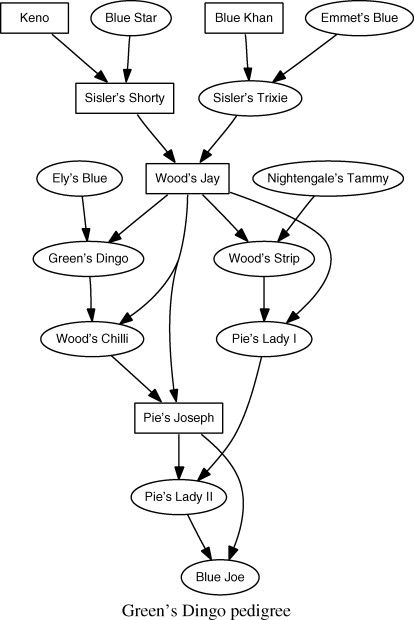Hat tip to Janine in the Thunderdome for the heads up on this: Alt-folk singer songwriter Michelle Shocked has gone all the way over to the Dark Side.
Those of us who’ve followed her over the years — myself, I’ve long been a particular fan of Short Sharp Shocked and Arkansas Traveler — were disheartened over the last couple years as she became a so-called born again Xtian and, perhaps not coincidentally, went more or less to shit musically. But according to Queerty, she’s since completely lost the plot:
Michelle Shocked, an alt-folk singer who had success in the 1980s and ’90s, shocked audience members at Yoshi’s in San Francisco Sunday night with a homophobic rant that wound up clearing out the club.
The crowd had come, presumably, to hear songs like “Come a Long Way” and “On the Greener Side,” which got airplay on MTV back in the day. (“Greener Side” was even up for a VMA against Madonna’s “Vogue.”)
Instead they were treated to a tirade that allegedly included Shocked announcing “God hates fags.”
Matt Penfield, who was live-tweeting the show from onstage called her rant, delivered during her second set, “totally sincere [and] super anti-gay and hateful.”
We’re still trying to get the full text of her speech, but apparently she told fans “you can go on twitter and say Michelle Shocked said ‘God hates fags.’”
Another Twitter user posted that Shocked “said she lives in fear that the world will be destroyed if gays are allowed to marry.”
My disappointment in Shocked is only marginally leavened by fleeting amusement at a few commenters at Queerty who proudly say they’d never heard of her, as though their ignorance says anything about her importance to the Americana genre. Her descent into hate is a tragedy for the genre, and more importantly for the young people who might take her hate seriously.
One commenter over there does offer the perfect quote from a song on Arkansas Traveler, though: “The secret to a long life’s knowing when it’s time to go.”




